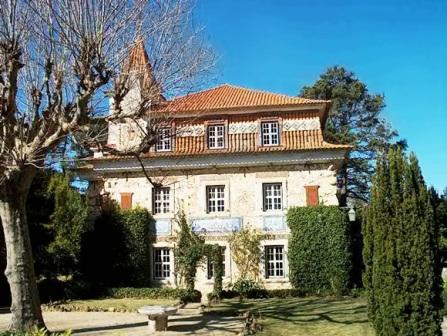
Officially created in 1983, the Ceramics Museum is housed in the Quinta Visconde de Sacavém, acquired for this purpose by the state in 1981.
Having begun as a small group of pieces acquired by the Portuguese state, together with pieces from the collection of the Viscount of Sacavém, the museum’s exhibits now include examples of the ceramic pieces produced in Caldas da Rainha, as well as pieces from other Portuguese and foreign production centres.
The pottery from Caldas da Rainha is represented by pieces ranging from the 17th century to the first half of the 20th century, most notably the section dedicated to the work of Rafael Bordalo Pinheiro, one of the most representative collections of the production of the great master potter from Caldas da Rainha, testifying to the profusion of pieces emanating from the city’s Faience Factory.
The museum’s Portuguese-made ceramic pieces include the faience made at the Rato Factory (1767-1779), but there are also traditional pottery and locally-crafted ceramic sculptures and miniatures from the 19th and 20th centuries, representative of the main Portuguese centres of ceramic production (the Bandeira, Rocha Soares, Gaia, Darque, Barcelos, Ratinho, Juncal, Estremoz, Sacavém, Viúva Lamego, Vista Alegre, Aleluia and Santana factories), as well as pieces produced abroad (France, Spain, Italy, Holland, Belgium and China).
The group of contemporary hand-made ceramic objects produced by famous artists includes pieces by Llorens Artigas, Júlio Pomar and Manuel Cargaleiro, amongst others. There is also a collection of Portuguese, Spanish-Moorish and Dutch decorative tiles from the 16th to the 20th century, consisting of roughly 1200 tiles and 40 tiled panels.